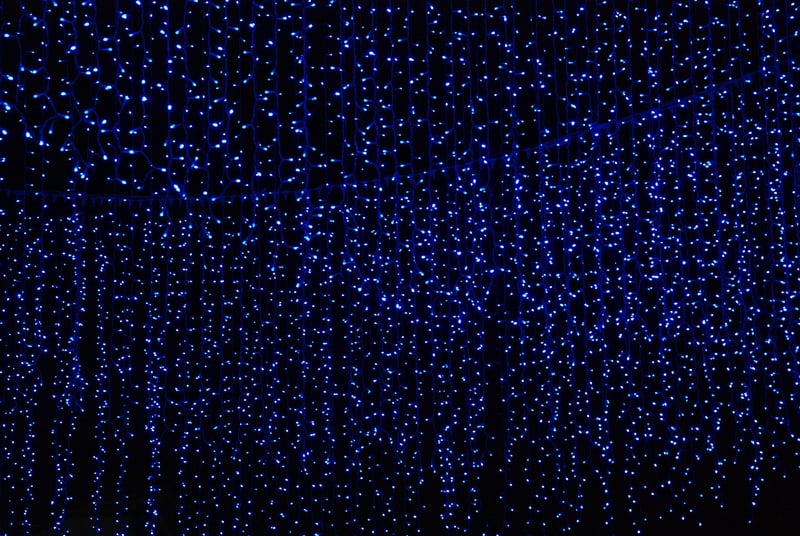Artificial Lighting
Understanding Plant Light Needs and Artificial Lighting
Plants, like any living organism, require light to thrive. Light is essential for the process of photosynthesis, where plants convert light energy into chemical energy to fuel their growth. Different plants have varying light requirements, and understanding these needs is crucial for successful indoor gardening.
Types of Light Needs
Plants can be categorized based on their light requirements into:
- Full Sun Plants: These plants require direct sunlight for at least 6 hours a day.
- Partial Sun/Partial Shade Plants: These plants thrive in 3-6 hours of sunlight with some shade during the day.
- Full Shade Plants: These plants prefer minimal to no direct sunlight and thrive in shaded areas.
Artificial Lighting for Plants
When natural light is insufficient, artificial lighting can be used to supplement or replace sunlight for indoor plants. Here are some popular types of artificial lights used for plants:
- Fluorescent Lights: These lights are energy-efficient and great for growing a variety of plants, especially seedlings and leafy greens.
- LED Grow Lights: LED lights are versatile and energy-efficient, providing specific light spectrums for different growth stages of plants.
- High-Intensity Discharge (HID) Lights: HID lights are powerful and suitable for plants that require high light intensity, like fruiting plants.
Tips for Using Artificial Lighting
When using artificial lighting for plants, consider the following tips:
- Position the lights close to the plants without causing heat stress.
- Adjust the light duration based on the plant's needs and growth stage.
- Choose the right light spectrum (blue for vegetative growth, red for flowering) for optimal results.
- Monitor plant growth and adjust lighting as needed to prevent leggy or stunted growth.
By understanding plant light needs and utilizing artificial lighting effectively, you can create an ideal environment for your indoor plants to thrive and flourish.

Image source: Pixabay
